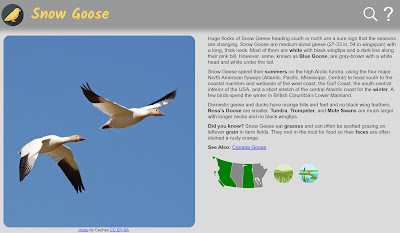Energy
“Saskatchewan has a tremendous opportunity to use energy efficiency to achieve our climate commitments … every electron saved through energy efficiency results in fewer emissions from carbon-emitting coal and gas plants.” Martin Boucher outlines 5 effective options. [Martin Boucher, Regina Leader-Post]
Calgary-based Canadian Premium Sand is shifting from providing fracking sand for the oil patch to producing solar panels. [CBC]
Airports’ flat roofs, parking garages, and open spaces are an ideal location for solar panels. And, as many airports are connected to the municipal grid, they may even be able to feed energy back into the system. [Gizmodo]
Making Choices
Cities world-wide are beginning to employ sensor technology to monitor and minimize urban noise. [Bloomberg CityLab]
I don’t want to leave children a future “full of cement, full of destruction”. The Austrian government halts 8 highway projects in an effort to slow climate change. [France 24]
Maintaining Biodiversity
Yellowknife to Yukon is an ambitious project designed to protect an interconnected series of wildlands. A research team has concluded that this is an effective conservation strategy. Compared to neighbouring areas that weren’t part of the project, the protected area gained more land, more grizzly bears, and more wildlife crossings. The project also received mention in popular media (Gray’s Anatomy) and scientific publications. [Anthropocene]
Environmental DNA (fragments of aquatic creatures floating in the water) can provide an early warning of invasive species entering new regions or threatened species moving outside their expected range. eDNA “could shape policy for protected regions and help monitor population shifts on a rapidly changing planet, but it may ultimately prove only as revolutionary as it is widely available and usable across the globe.” [JSTOR Daily]
Nature-based solutions “can be highly effective in building long-term resilience for nature and people. It is a valuable asset in our toolbox for linking biodiversity and climate and addressing these twin crises.” However, care must be taken to recognize the inherent value of nature, to avoid treating nature-based solutions as offsetting, and to include stakeholders in developing countries. [International Institute for Sustainable Development]
That’s Amazing!
“Migrating birds push their bodies to the physiological limit, which creates excess heat. Some species cope by ascending to cooler air during daytime.” Many species also have lighter-coloured feathers, another way to stay cooler. [Science News]
Snow Geese eat grasses and can often be spotted grazing on leftover grain in farm fields. They root in the mud for food so their faces are often stained a rusty orange. [Nature Companion]
EcoFriendly Sask supports Saskatchewan environmental initiatives through an online publication, an events calendar, small grants, and the Nature Companion website/app. You can follow EcoFriendly Sask by liking us on Facebook, following us on Twitter, or subscribing by email (top right corner).


